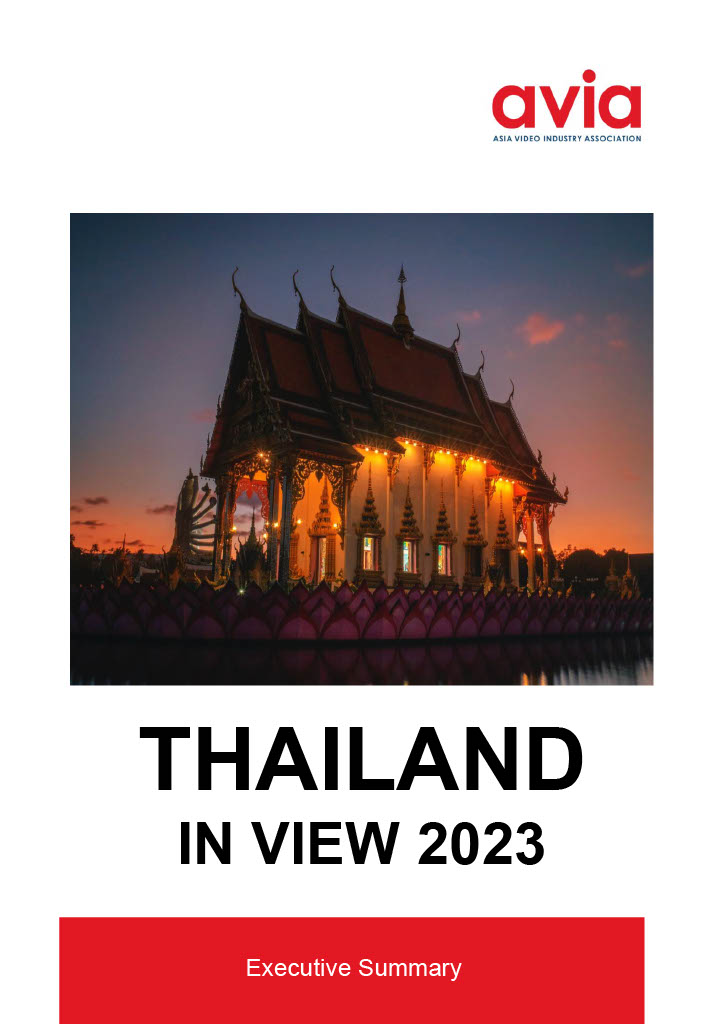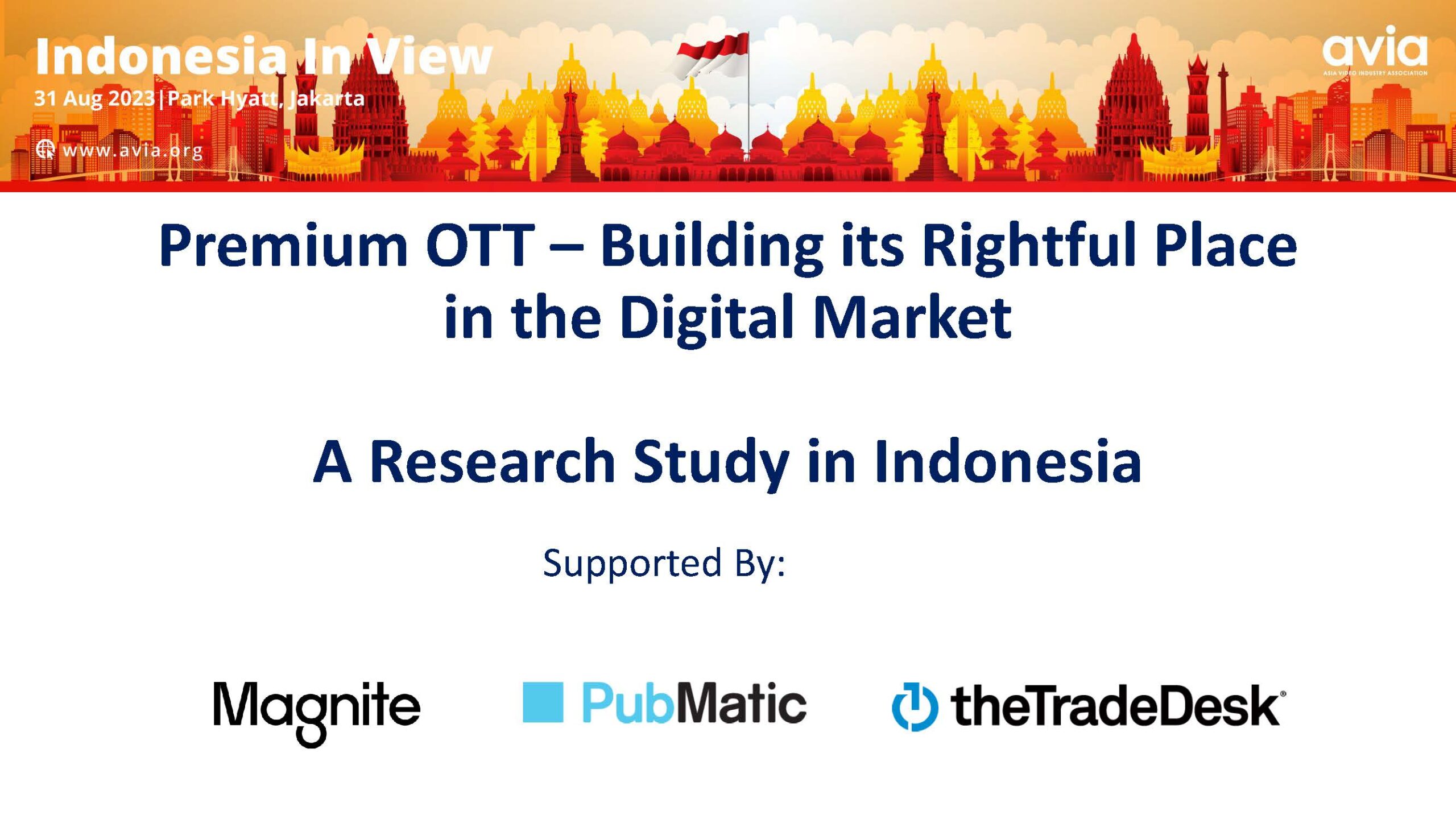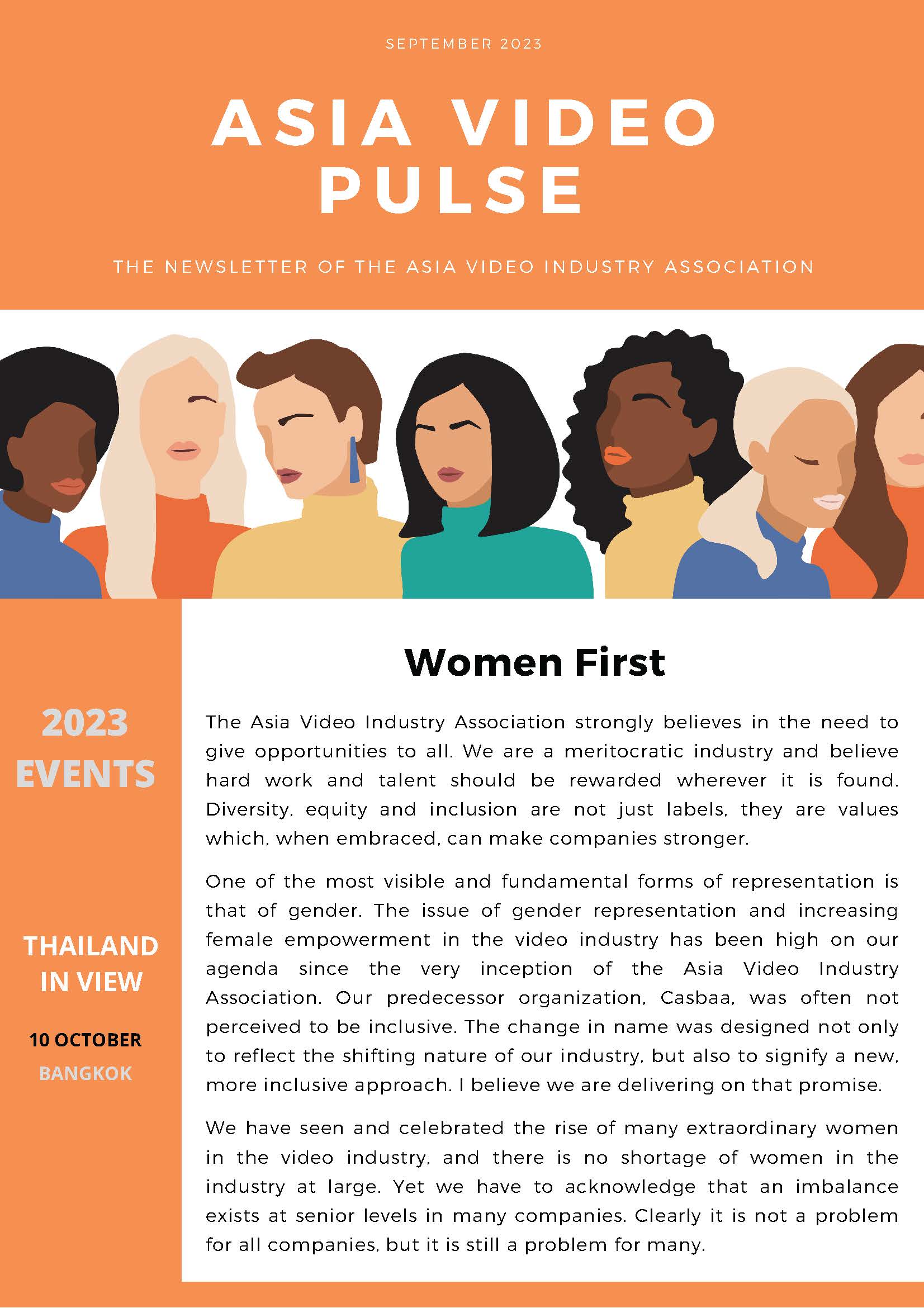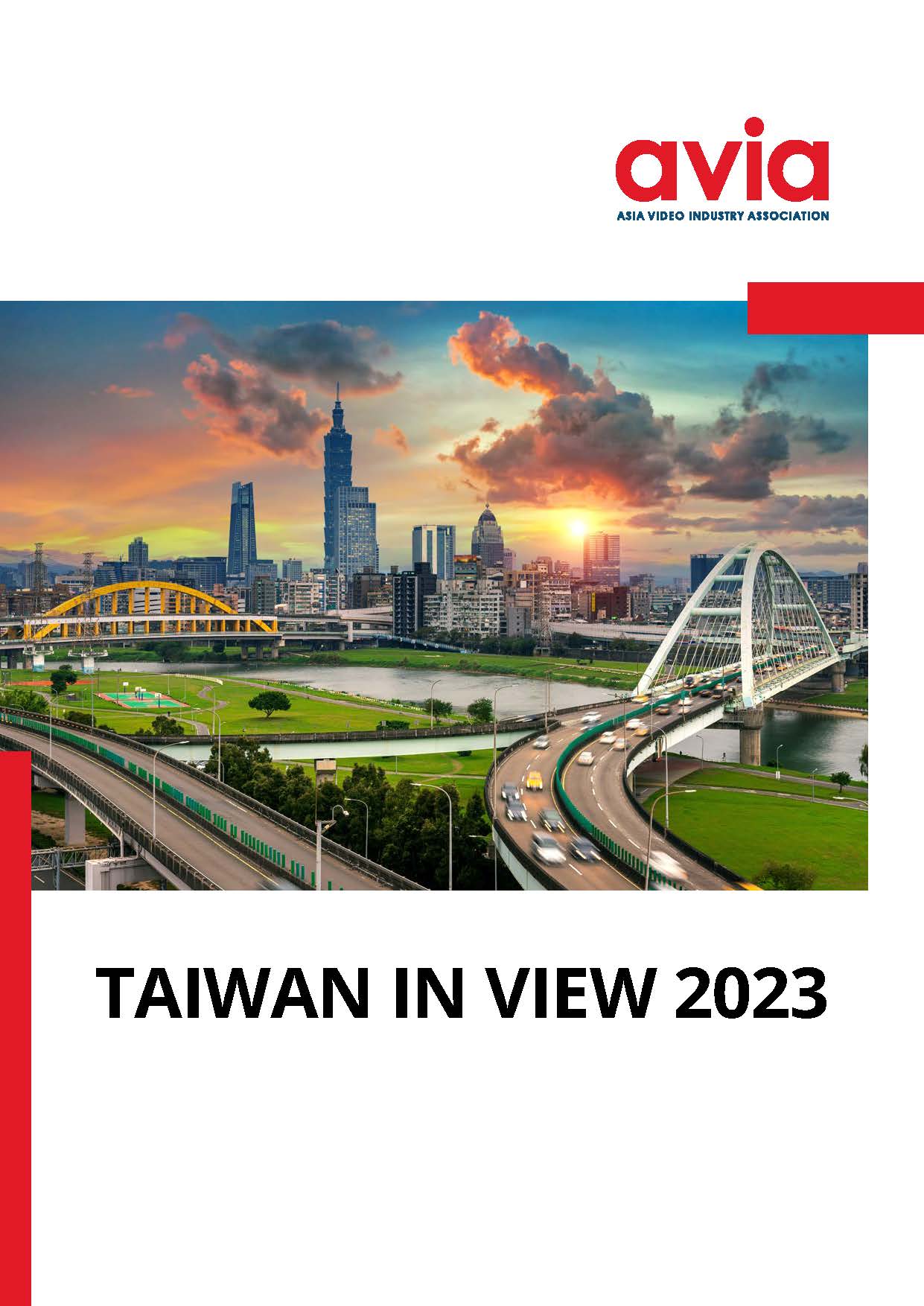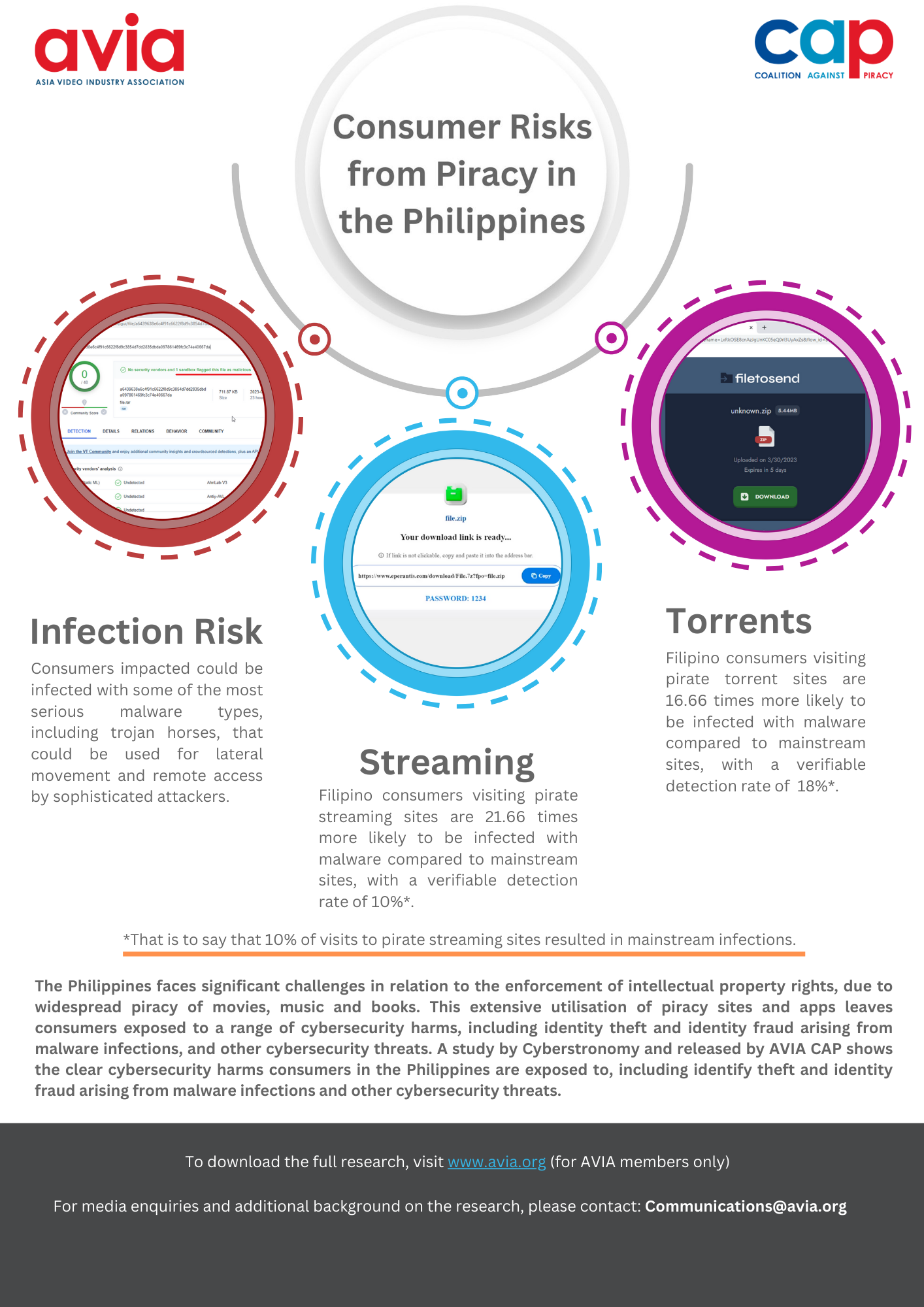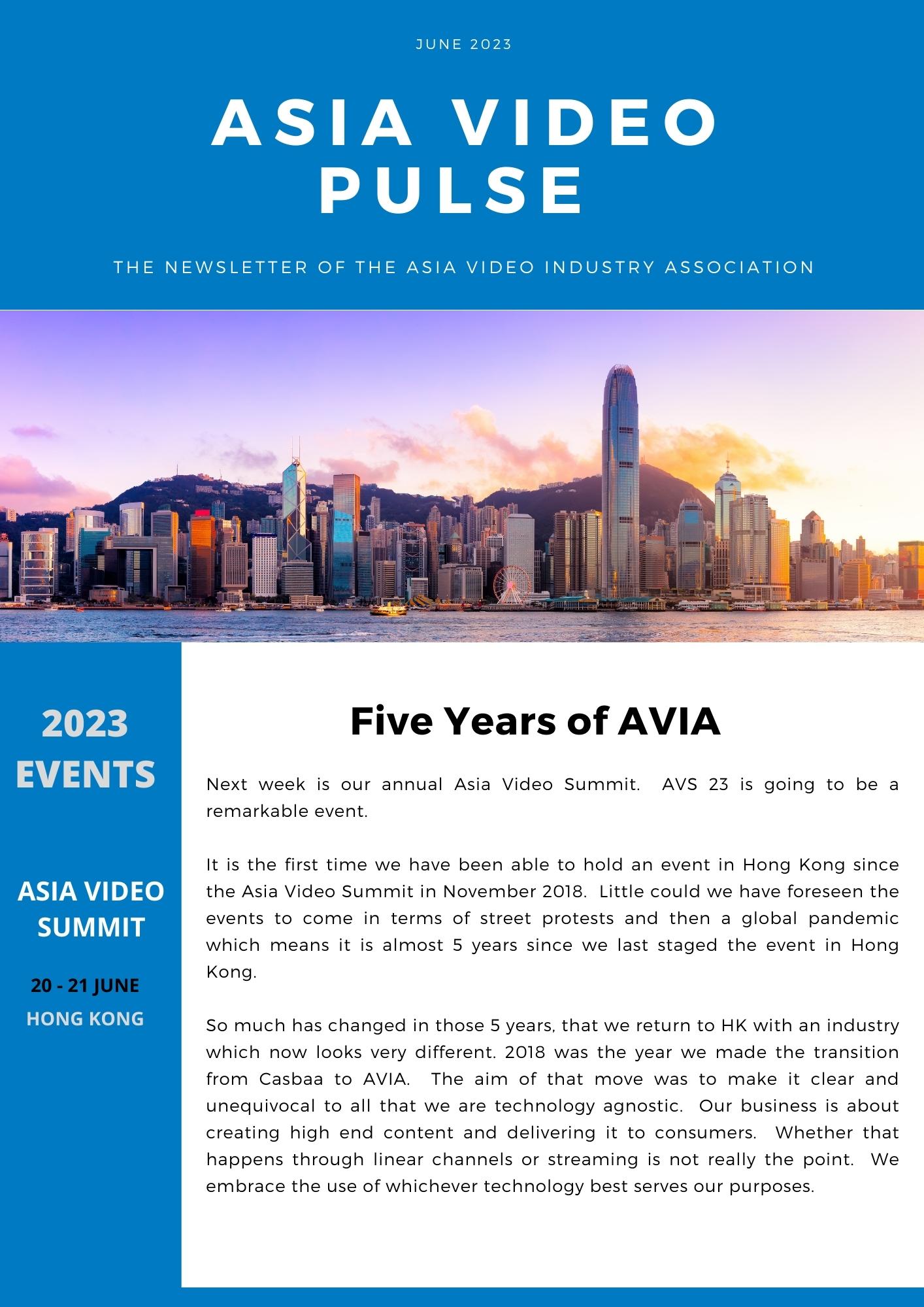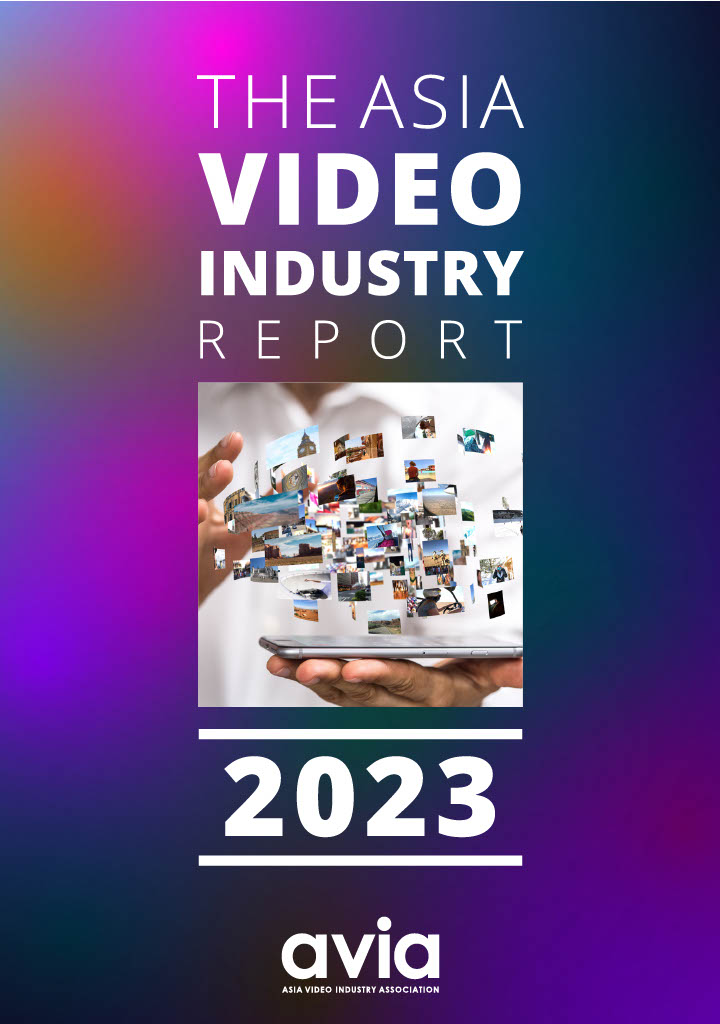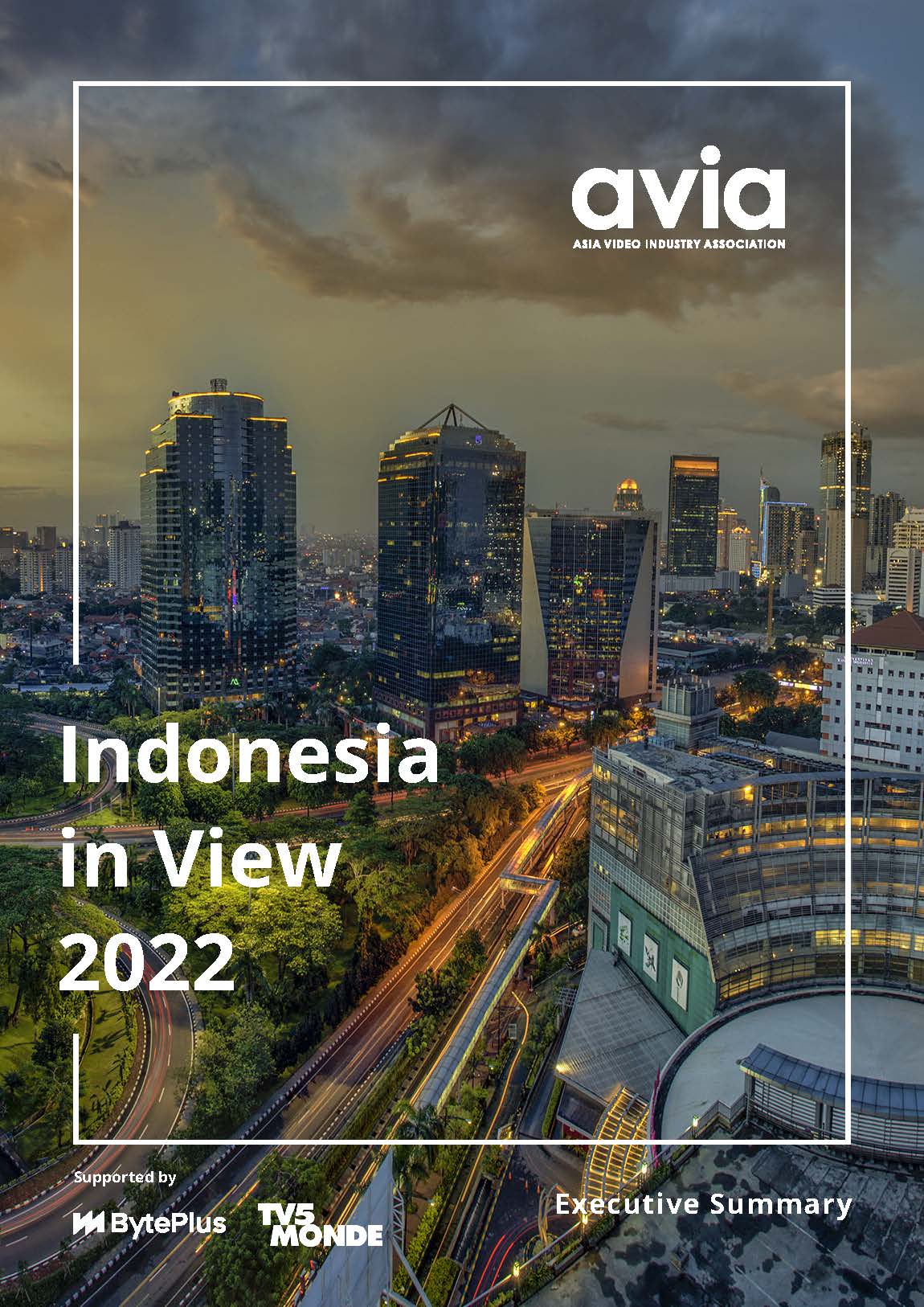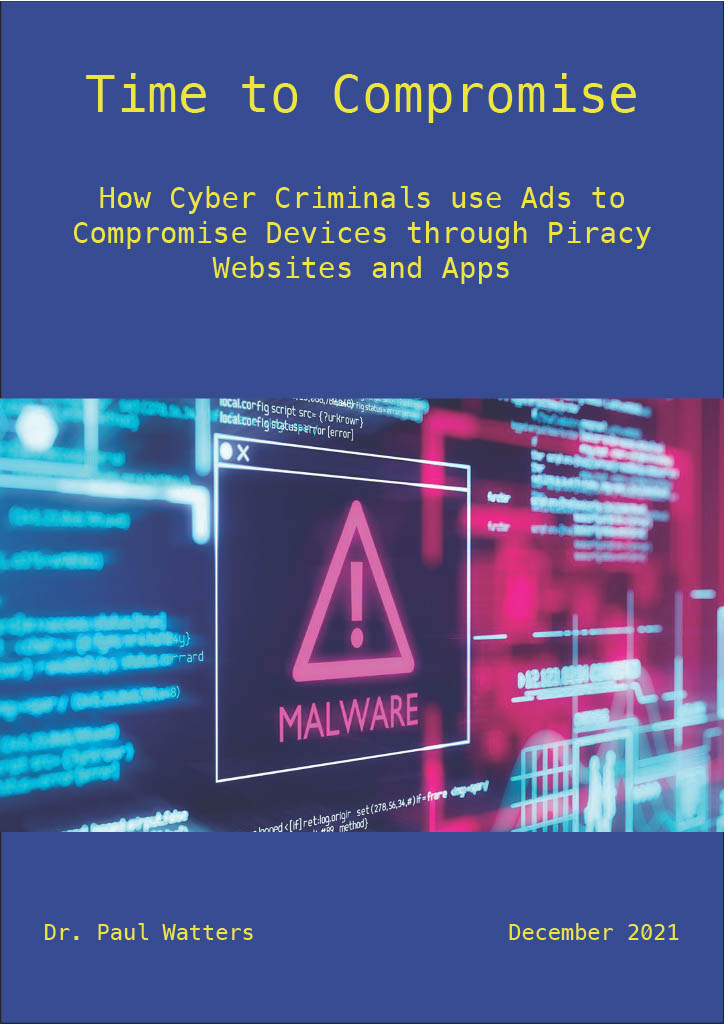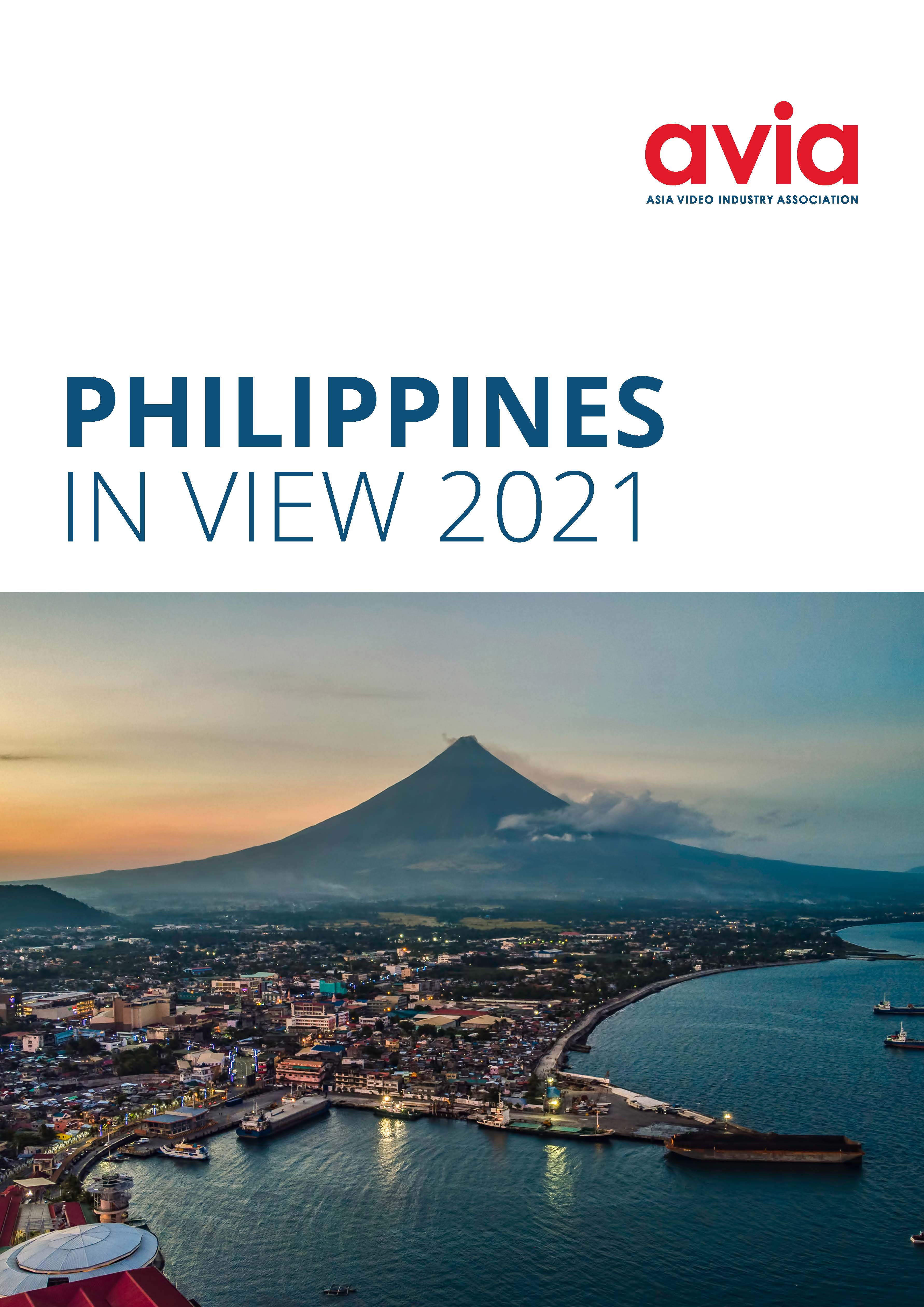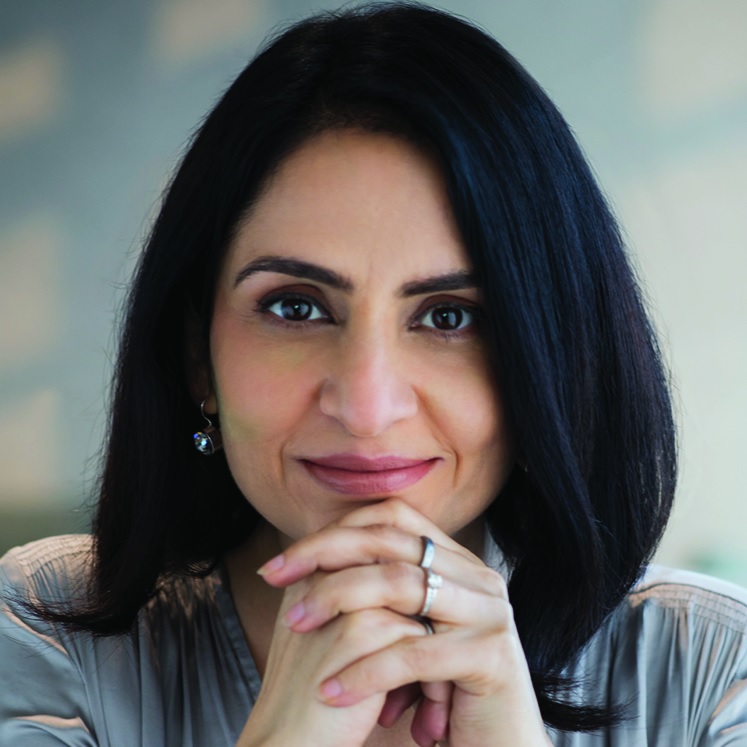| 10:00 |
Welcome Address
Louis Boswell, CEO, AVIA |
|
| 10:10 |
Future of Video in India
India is currently the world’s fastest growing video streaming market and is rapidly becoming one of the largest as well. And there is no lack of competition among services from the multi-national giants Disney+ Hotstar, Netflix and Amazon Prime Video as well as local hotshots ZEE5, Voot, SonyLIV, ErosNow and ALTBalaji. With innovative targeted services such as Hoichoi and Arre, the market dynamics are fascinating as different services with different business models from all these companies and more jockey for pole position. What does the video landscape look like for India in 2021? What are the key drivers for video streaming and market share across India today? What is changing in media supply and how will this impact the video value chain when the economy starts to recover?
Mihir Shah, VP, India, Media Partners Asia (MPA)
|
|
| 1030 |
Keynote Conversation: The Future of India Entertainment and the Challenges of Streaming
Like the rest of the world, video streaming viewership in India is at an all-time high. While OTT platforms were trying to make a mark for themselves in the India market, the COVID-19 crisis emerged and accelerated its growth. From just two streaming platform providers in 2012 to over 40 players now, the streaming revolution has come a long way in India. We’ll take a look at the streaming business today in India, how the past year has presented opportunities for the video industry, and what the new business models are today.
Sunil Rayan, President and Head, Disney+ Hotstar
With Louis Boswell, CEO, AVIA
|
|
| 10:50 |
Businesses in Transition: Narrowing the Gap Between Traditional TV and Digital
The TV industry has been struggling to bridge the gap between traditional linear TV and digital channels. Traditional linear TV has grappled with cross-device viewership, loss of perceived value compared to digital, slow- to-measure campaign reporting, and an ongoing battle against the immediacy of digital. We look at how some content companies are betting the house on transitioning their linear businesses to streaming. Do you need to go direct to consumer to survive, and if so, does it have to be mass or are there niches to be filled? What is the right combination and strategy to bridge what is an undeniable chasm in the evolution of the video industry today?
10min presentation by Sunil Lulla, CEO, BARC India followed by a panel discussion.
Panelists:
Rahul Sood, MD – India and South Asia, BBC Global News Megha Tata, MD, South Asia, Discovery Communications India Deepak Mathur, EVP, Global Sales SES Video, SES
Mahesh Shetty, Head – Network Sales, Viacom18
With Sunil Lulla, CEO, BARC India
|
|
| 11:30 |
Leveraging Subscription Intelligence
Subscription business success necessitates intelligence at all phases of the subscription lifecycle. In this session, we will explore how subscription intelligence plays an important role in sourcing new customers, preventing churn, optimizing billing and growing the business.
Sharath Dorbala, CEO, Vindicia

|
|
| 11:50 |
Tech Leaders Weigh in: Preparation for Direct-to-Consumer Platforms
Going direct-to-consumer (D2C) is very much becoming the norm for video players, but what is that journey and how is it evolving? What are the technological challenges? In this session, we will explore the complete technology toolset needed to go direct – what’s available now and what’s on the horizon.
Panelists:
Stefan Lederer, Co-Founder & CEO, Bitmovin
Greg Armshaw, Senior Solutions Director, Asia, Brightcove Lokesh Chauhan, CTO, ErosNow
Manish Verma, Head of Technology, SonyLIV
With Rajat Nigam, Group CTO, Network18 Media

|
|
| 12:20 |
In Conversation: Made in India, Watched by the World
India is one of the world’s great centres of entertainment where world-class creative talent, superb creative vision and a treasure-trove of stories come together in an unbelievable way. Today, there are tremendous opportunities to bring to the world high-quality stories from the finest local creators that represent the rich diversity that India has to offer. In this session, we will explore how storytelling has changed over the last year for Netflix India. What is in the pipeline and how is Netflix planning to keep India entertained?
Monika Shergill, VP, Content, Netflix India
With Vanita Kohli-Khandekar, Consulting Editor, Business Standard

|
|
| 14:00 |
Telecom Leaders Talk: Aggregation and Subscription in India
The global video streaming market will double in size between 2019 and 2023. Contributing immensely to that global market growth is India’s video market. Witnessing this bubble, Indian telecom operators have redefined their selling strategies to orient their voice and data plans to suit the increased demand from subscribers for video streaming and other entertainment services. How is the role of telcos evolving in 2021? Are they aggregators of other people’s services and content or are they becoming content platforms in their own right, or both? With more D2C services proliferating, is there really a value proposition in having them all offered under one umbrella? What are the future plans to beat the competition and retain subscribers? What more can telcos offer to their subscribers under entertainment services?
Panelists:
Adarsh Nair, Chief Product & Experience Officer, Airtel and CEO, Airtel Digital Limited (Wynk) Nuno Sanches, GM, Media and Telecom, Kaltura
With Shad Hashmi, Principal Consultant
|
|
| 14:30 |
In Conversation: Premium Content in a Streaming World
Lionsgate Play is committed to innovation across content, technology, pricing, and accessibility, by making premium Hollywood content available in multiple Indian languages. We look at how it is capitalizing on this opportunity for the Indian market. Does one need to go direct to consumer to survive, and if so, does it have to be mass or are there niches to be filled? Are there plans to consider the freemium model for the India market and if so, are audiences ready to pay?
Rohit Jain, MD, Lionsgate South Asia and Networks – Emerging Markets Asia, Lionsgate
With Girish Menon, Partner and Head, Media and Entertainment, KPMG India
|
|
| 14:50 |
Being ‘On-Demand Ready’: Content Plans for Consumer Retention in Upcoming Months
Video streaming players have had a tremendous run as digital consumption of videos spiked during lockdowns across the globe. A whole slew of new consumers were introduced to a new medium of entertainment. Content libraries were expanded with each player battling to offer differentiated products. As COVID fears wane, we examine how platforms are re-focusing their content strategy to acquire and retain customers. What are their plans to diversify content libraries? How is the regional game playing out for streaming platforms and how can Indian regional language content gain scale?
Panelists:
Ajit Thakur, CEO, aha
Sebabrata Banerjee, Head, Digital Business, Odisha TV Network Saugata Mukherjee, Head of Originals, SonyLIV
Nimisha Pandey, Head – Hindi Originals, ZEE5
With Uday Sodhi, Senior Partner, Kurate Digital Consulting
|
|
| 15:20 |
Unpacking the CTV Opportunity in India
The past two years have seen Connected TV (CTV) devices grow at an astonishing rate globally as consumers continue to seek more convenient ways to engage with premium content. However, in India, the story is a little different. Despite the almost overwhelming number of OTT providers, the penetration rate of CTV devices in Indian households is modest. Are we on the precipice of significant CTV growth? What are the implications for both advertisers and sellers? And what really needs to happen for CTV to take off in India?
Deepak Tahiliani, Head of Digital Media Investments, GroupM India
With Tom Dover, Director, Video Marketplace Development APAC, Xandr

|
|
| 15:40 |
Advertising Spend for 2021: Linear TV or Video?
During the pandemic, the total number of viewers tuning in to linear TV increased by 62 million in India and the total number of minutes viewed breached the 1 trillion mark. Despite this huge spike in TV consumption, it was reported by Zenith that India will still see strong growth in video ad spends through 2022. Has digital media taken over television? Does the future lie with OTT advertising? How receptive are Indian viewers to advertising on OTT and what are their preferences? Are we seeing targeted online ads viewed more favourably than linear TV ads and if so, how is TV buying evolving as a result?
Panelists:
Vasuta Agarwal, MD, Asia Pacific, inMobi Yogesh Sehgal, Regional Manager, Asia, Magnite
Tanmay Mohanty, CEO Media Services, Publicis Groupe India
Ashish Sehgal, Chief Growth Officer, Ad Revenue, Zee Entertainment
With Anil Wanvari, Founder, CEO and Editor in Chief, Indiantelevision.com
|
|
| 16:10 |
Special Closing Session on She Power: Women Thought Leaders Share Predictions about the Future of Video in India
In this session, women leaders will discuss their perspectives, challenges and ideas for pulling together best practices to strengthen gender equality both in the TV and video sector and within their organisations and share their views on what the industry might look like in the next 2-5 years.
Panelists:
Sapna Chadha, Senior Director of Marketing, Southeast Asia and India, Google Rubeena Singh, CEO, iProspect India
Dolly Jha, Country Head, Nielsen Media – India Archana Anand, Chief Business Officer, ZEE5 Global
With Ashwini Gangal, Executive Editor, afaqs
|
|
| 16:40 |
Closing Remarks & End of The Future of Video India
Louis Boswell, CEO, AVIA
|
|









